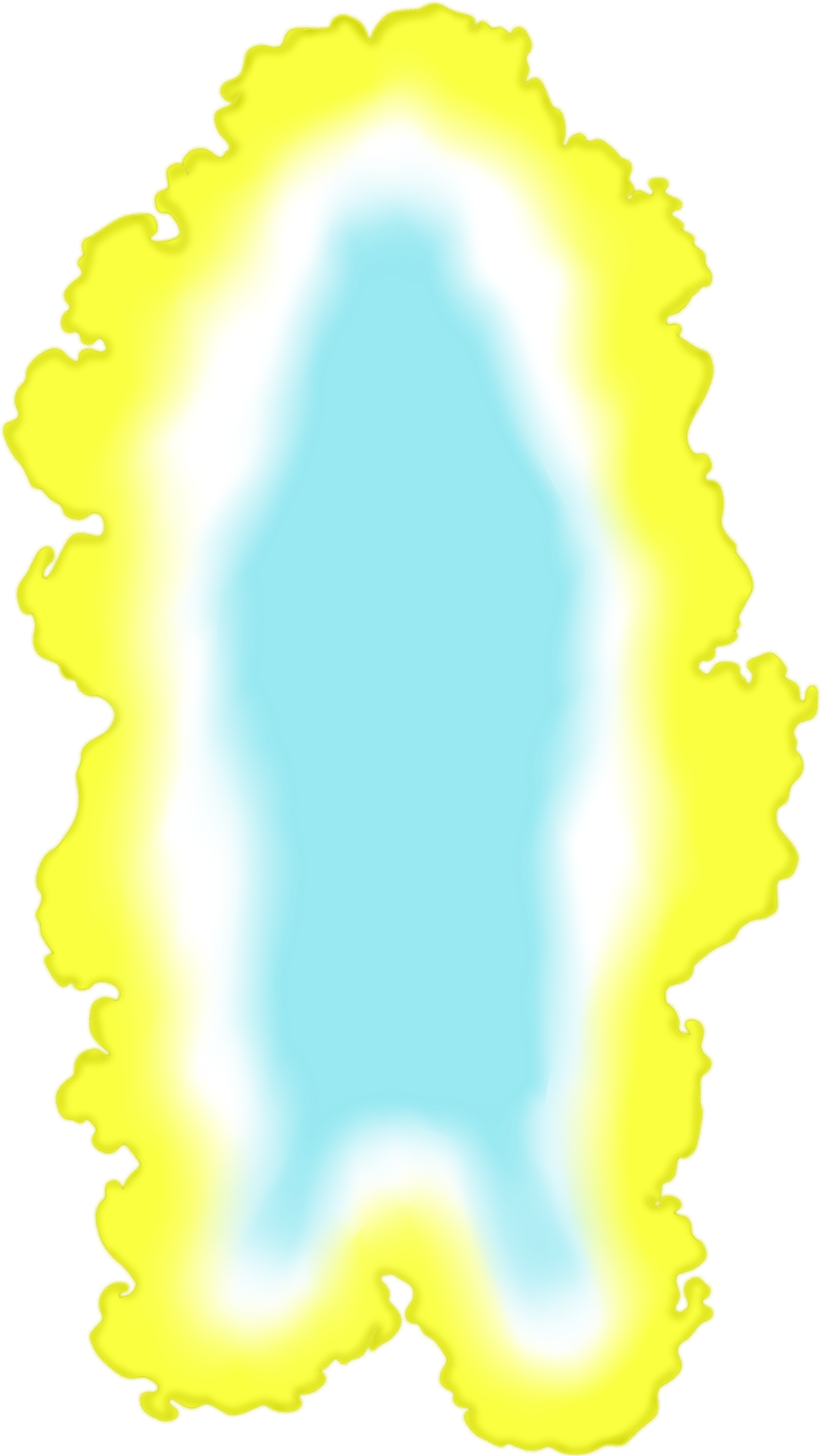

SQLite is often seen as a toy database only suitable for databases with a few hundred entries and without any performance requirements, but you can scale a SQLite database to multiple GByte in size and many concurrent readers while maintaining high performance by applying the below optimizations. You can still connect to and query the same database concurrently with multiple processes, though only one write operation can happen at the same time.

It doesn’t need any server setup or configuration since the SQL logic is run in the host process, and the database consists of only two files you can easily copy or move around. It’s extremely easy to setup, buildable as a single C file with libraries existing for basically all common programming languages.
DB BROWSER FOR SQLITE LOAD MULTIPLE DBS FREE
Feel free to clone or modify as you need.Scaling SQLite databases to many concurrent readers and multiple gigabytes while maintaining 100k SELECTs per second I’ve wrapped this topic with simple project in github.In real case, although Eloquent support relationship with different database engine, I think the problem may occur is about compatibility in your query since there are some different approach when we run query between database engine.
DB BROWSER FOR SQLITE LOAD MULTIPLE DBS HOW TO
I couldn’t find how to join across different database engine yet. Query Builder is support join query in different connection but limited with same host / database engine.Eloquent ORM has ability to run relationship with different connection but we need to override connection attribute to define which connection is used by model.We can create migration based on connection we made before.Laravel has ability to run in multiple database connection even in across different database engine.They are basically has same connection but only different in database name. We could run join from posts table to type table because their database is still hosted in same engine. Whoops, it seems we can not run join query across different database engine. Now, since we’re already seeded our data dummy into tables, then we could test our relationship using tinker Let’s take a look to my migration that using non default database connection: /** * Run the migrations. How do we exactly create migration based on connection we want? Simple, define connection name on your Schema. env file, DB_CONNECTION=mysql is default connection. DB_CONNECTION=mysql DB_HOST=127.0.0.1 DB_PORT=3306 DB_DATABASE=laramultidb DB_USERNAME=yourusername DB_PASSWORD=secret DB_DATABASE2=laramultidb2 DB_HOST_SQLSRV=127.0.0.1 DB_PORT_SQLSRV=1433 DB_DATABASE_SQLSRV=laravelmultidb DB_USERNAME_SQLSRV=sa DB_PASSWORD_SQLSRV=secret env file later.ĭatabase connection is ready, now modify. Then I need to adjust env parameters for sqlsrv configuration using new key so I can fill with my SQL Server credential in my. Since mysql2 is using same database engine and same host as mysql, I will let other mysql configuration is same as mysql connection except for DB_DATABASE2 because I used different database name. In this case, this is my setup 'connections' =>, 'mysql' =>, 'mysql2' =>, 'sqlsrv' =>, ], Go to config/database.php to create new database connection configuration. If you don’t have SQL Server, you may use another database engine such as PostgreSQL or Sqlite. laravelmultidb database with connection name sqlsrv is using SQL Server Engine.laramultidb2 database with connection name mysql2 is using MySQL engine.laramultidb database with connection name mysql is using MySQL engine.I will use 3 different databases and 2 different database engines using MySQL & SQL Server for researching is it possible or not to run query or relationship model across different database or even database engine. Wait until progress completed and we’re ready to setup our database.


 0 kommentar(er)
0 kommentar(er)
